#Artificialia
Explore tagged Tumblr posts
Text
Bienvenidos a mi casa
Pienso que soy más como Victoria Ocampo que tenía varias propiedades con muchas pertenencias, curiosidades y maravillas, con sus jardines con un amplio espectro de plantas siendo mis favoritas las Hortencias de Mar del Plata. Su amiga, sólo quería una habitación propia. Reconozco mis privilegios como los tuvo Victoria aunque no signifique que tenga dificultades en la vida.
Estas habitaciones son interiores como exteriores con espacios compartidos y algunos para recorrer en solitario. Les iré compartiendo, espero que les guste.
Gracias por la visita,
Tierra
#virginia woolf#literature#plants#artwork#art history#literatura#habitacion de curiosidades#bitacora#blog personal#cuartos de maravillas#naturalia#artificialia#Wunderkammer
1 note
·
View note
Text
naturalia et artificialia - Eine sizilianische Reise: Lübeck vom 28.10. bis 25.11.2023
In Lübeck sind Gabi Veit und Dietlind Wolf nun schon sehr hoch oben im Norden angekommen – von Sizilien aus gesehen. Das Projekt der sizilianischen Reise kommt zu seiner vierten Etappe. Im Mai 2022 haben sich Dietlind Wolf und Gabi Veit auf eine Arbeitsreise nach Sizilien gemacht. Dort haben sie gesammelt, geordnet, gestaltet. Im Juli 2023 wurden unter dem Titel „SchattenDaSein. Eine…

View On WordPress
#angewandte Kunst#Artificialia#Dietlind Wolf#Gabi Veit#Handwerk#Handwerkskunst#Inspiration#Keramik#Koffer#Kunst#Kunsthandwerk#Löffel#Löwenapotheke#Lübeck#Naturalia#Paola Bassetti Schnuppe von Gwinner#Schmuck#Schmuckkunst#Schnuppe von Gwinner#sizilianische Reise#Transformation#Wunder#Wunderkammer
0 notes
Text



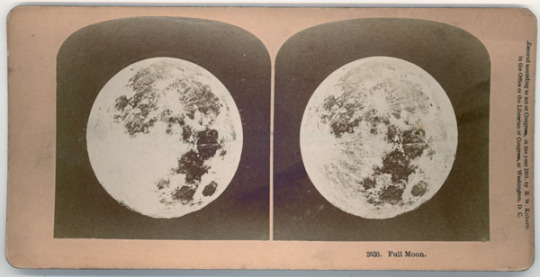







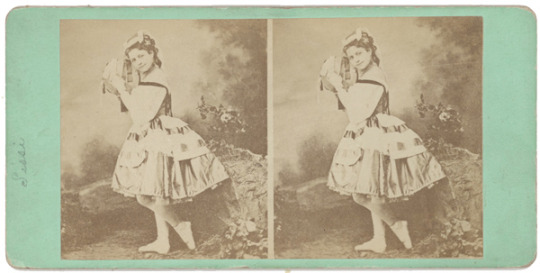
Joseph Cornell's Stereopticon
The stereopticon is an ingenious contraption that creates the optical illusion of three-dimensional photography. It is a wooden structure with two specially ground lenses, held with one hand close to the viewer’s eyes, while the other hand slides a focal rack, loaded with a special viewing card, back and forth to adjust the correct distance to create an astonishing illusion of three-dimension space. Every new stereopticon came with a small selection of viewing cards, which are mounted with two specially prepared photographs, but the owner was encouraged to buy many more viewing cards for a nominal sum.
8 notes
·
View notes
Text
Nocturna Artificialia
pairing: the second Corinthian x Daniel | Dream of the Endless
NSFW
The mechanics of bodies were familiar and generally easier than the mechanics of feelings. After all, he still retained memories of past lovers (not his own, of course, but his despite himself; there was always a terrible chaos in his head and each time he had to be careful about was and wasn't).
The Corinthian's hands ran over his bare skin. He asked him to abandon any form of reverence and his lover, reluctantly, agreed. Daniel knew how sacred his body was to the Nightmare but that night was too dark and his mind too unstable and he needed to keep past and present from colliding in the usual schizophrenic mess.
He needed to banish the memory of loves that weren't his with the love he had.
- Close your eyes -
The Corinthian turned him on his stomach with a quick, rough gesture and spread his legs without much preamble. He felt his gaze linger for a long time on his body so exposed, the two small mouths eager to lick and bite everything they could. Daniel loved those mouths, and to reward them for their gluttony, he spread his legs even wider, letting his Nightmare get a better look at that part of his flesh that was soft and pink.
Hands flowed back over him, ravenous, over his legs, over his thighs, in a series of sensual and eager caresses, until they rested on his hips. They squeezed him, tightly, and he felt himself being taken, lifted, until he was on his knees, his hands firmly planted on the mattress, his body an exhilaration mixed with awe, tense with an excited anxious anticipation. Morpheus could never have found himself like that, in his place, submissive and vulnerable as he was in that moment, as he loved to be when he was alone with the Corinthian. Morpheus would never: that thought alone was enough to make him proud of himself.
He didn't try to hold back any moans when the Corinthian spread his butt with his hands and began to prepare him with his tongue. That part was…oh, the one he loved most! a moment of pure, selfish pleasure! He already wanted to start moving, to chase that tongue, but the Nightmare's hands blocked his movement and all he could do was arch his back and clutch the white sheets of his bed tightly. Suddenly, the Corinthian bit him hard on his thigh and that pain, after all the pleasure, prepare him for what was to come.
The Nightmare's fingers were slowly forcing his skin and muscles. The pain began to rise: he imposed himself to hide it but already he could feel rage mounting against his simulacrum of a human body that only painfully succeeded in adapting to pleasure.
The Corinthian noticed this and began to slow his movements.
- I don't want to hurt you -
Daniel answered with a growl of pure anger
- If you don't hurt me I won't let you touch me anymore! -
The fingers inside him resumed moving, more hungry, in a rough and methodical way, apparently heedless of the tears that had begun to line his face; then stopped. He had always loved the difference of their bodies, and feeling those strong legs closer to his turned him on so much that he forgot the pain he had just felt. Hands went up and down again along his back and thighs, fingertips lingering gently on his vertebrae. Then the Nightmare gripped his hips and worked his way into his body through slow movements to pleasure them both. He slowly felt his flesh open, stop resisting, take the Corinthian's sex inside him as if he wanted to do nothing else.
The Nightmare bent over him so that he had easier access to what was between his legs. Woman, man, it was something indifferent to Daniel but he knew what his lover preferred and he felt a large, strong hand close on his member, begin to pump him harder and harder, trying to go in rhythm with the thrusts of their bodies toward each other. All of Daniel's strength, all of his concentration was there, in those thrusts toward his lover, and in that euphoric, mindless intoxication he thought about how good it was to be Daniel, only Daniel. Nothing else.
The orgasm came violent, cathartic, leaving him breathless from how much he had cried out. The Corinthian clutched his body in one last grip before he cum inside him, before leaving him to lie still panting on the mattress. Daniel opened his eyes and listened: the voices of the infinite memories in his head fell silent, finally quiet.
He rushed to find shelter into his Nightmare's harms, snuggling into the only safe place in the Dreaming and over.
The Corinthian began to place small kisses on his hair, on his forehead, his own way of apologizing.
- I hate hurting you - he whispered into his white locks but Daniel wanted to shout to him just use me use me, please, never stop doing it!
- It never hurts, if it's you -
He held the Corinthian tightly and began to rub his face against his chest, like a cat, lulled by the litany of kisses. That night, just like two human beings, they would sleep.
- I don't want to dream this time - the Nightmare told him as his voice was already growing feebler and feebler.
Daniel's heart tightened in a grip of tenderness.
- Don't worry my love, no dreams will trouble us tonight -
#the sandman#the corinthian#daniel hall#corinthiel#saber writing#an attempt was made to write some p00rn#title from Nocturna Artificialia by the Quay brothers
10 notes
·
View notes
Text
ESCRITORES Y POETAS: Entrevista a Oscar Varona, autor de "Nocturna Artificialia" y "Contracción".
Nacido en Madrid en 1973. Bibliotecario, escritor y collagista. Oscar Varona publicado relatos y collages en numerosas revistas de medio mundo, entre ellas Wire (Italia) y Vogue (Hong Kong). Coordinador y editor de la revista cultural Delirio en sus diez números (2009-2012). Ha publicado tres libros: Trémolo (Jamais, 2003), Nocturna Artificialia (Ediciones en Huida, 2020) y Contracción (Ediciones…
1 note
·
View note
Text

Pastorale "hand stone," courtesy of the Zymoglyphic Museum.
The tradition of constructing "hand stones" began early in the Age of Wonder. The term comes from the practice of collecting attractive or unusual rocks and minerals of about the size that could fit in one or two hands. These specimens were placed on a stand, then decorated with figures and other material to create tiny landscapes, thus effecting an ideal synthesis of naturalia and artificialia. A common theme was to have a human or animal observer in the scene. What the observer was observing tended to get more bizarre as the era wore on.
40 notes
·
View notes
Text

Johann Georg Hainz (German, c. 1630 – 1688) • Cabinet of Curiosities • 1666 • Hamburger Kunsthalle, Hamburg, Germany
This painting is from the series Collector's Cabinets of Curiosities by Johann Hainz.
At the time, it was a royal passion to put together collections of "naturalia et artificialia" and to display them on shelves in "Kunstkammer" ("art cabinets"). The cabinets of curiosities (also known as Wunderkammer, Cabinets of Wonder, or wonder-rooms) were encyclopedic collections of types of objects belonging to natural history, geology, ethnography, archaeology, religious or historical relics, works of art (including cabinet paintings) and antiquities.Georg Hainz was a German painter specialized in still-lifes. He often used real objects for his paintings, which he then depicted with artistic freedom. The present painting represents a special type of vanitas still-life.
– Web Gallery of Art
#art#painting#fine art#still life#art history#oil painting#artwork#johann georg hainz#german artist#cabinet of curiosities#baroque still life#art of the still life blog#art lovers on tumblr#art blogs on tumblr#art blogs on tumblr#artist
71 notes
·
View notes
Photo
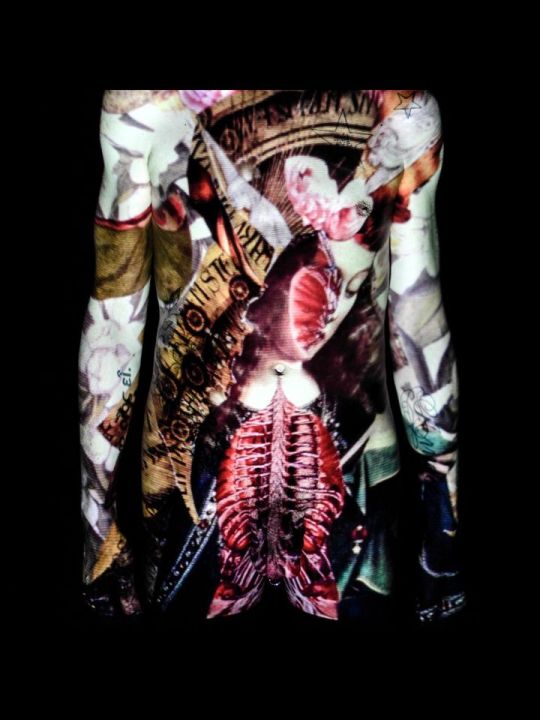
https://www.instagram.com/reznik__/?hl=it
8 notes
·
View notes
Text









Stolen from Natura collecta Natura exhibita, Firenze 2019
#firenze#basilica di san lorenzo#wunderkammer#museums#natural history#collection#antiques#history#rinascimento#Piero il Gottoso#Cosimo I#Francesco I#lo Scrittoio#la Guardaroba#lo Studiolo#Artificialia#Curiosa#Naturalia#stolen
11 notes
·
View notes
Photo
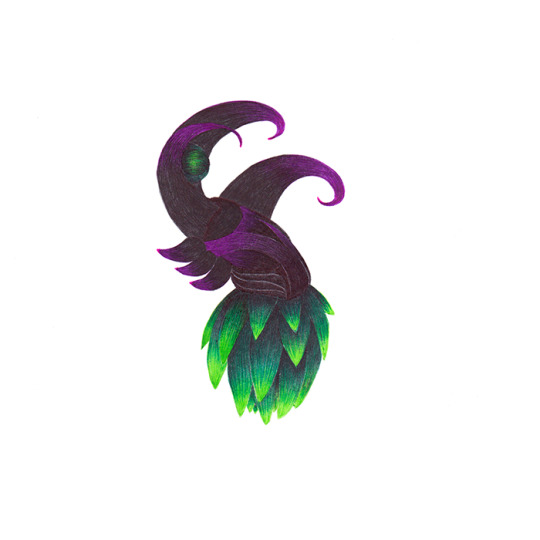
Sans titre n°12, 2020
De la série Artificialia
stylo bille 20 x 20 cm
2 notes
·
View notes
Photo

artificialia
made or produced by human beings rather than occurring naturally, especially as a copy of something natural.
7 notes
·
View notes
Text
Vergänglichkeit - Die Wunderkammer Olbricht: Ingolstadt bis 12.09.2021
Vergänglichkeit – Die Wunderkammer Olbricht: Ingolstadt bis 12.09.2021
Die Corona-Pandemie ist auch ein Lehrstück auf die Vergänglichkeit. Noch nie zuvor (zumindest nicht in der Lebensspanne der meisten von uns) war die Fragilität des Lebens und unser aller Sterblichkeit so sehr zu einer kollektiven Erfahrung geworden wie im vergangenen Jahr. Elfenbeinfigur aus der Sammlung Olbricht Den Menschen der Renaissance und des Barock dagegen war die Allgegenwart des Todes…
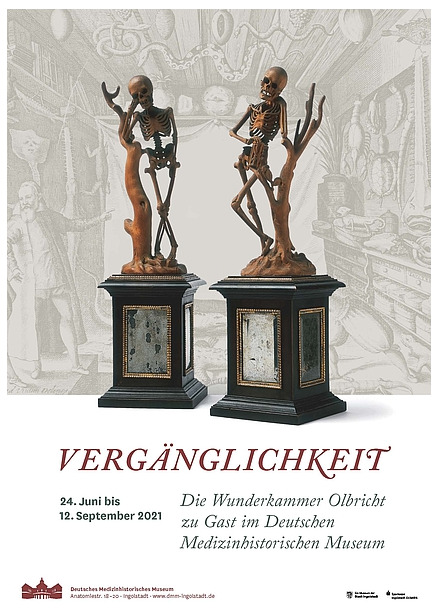
View On WordPress
#Artificialia#Berlin#Deutsches Medizinhistorisches Museum#Exotica#Handwerkskunst#me Collctors Room#Memento mori-Motive#Naturalia#Objekte#Prunk#Schatzkammer#Schönheit#Thomas Olbricht#Vergänglichkeit#Wunderkammer#Wunderkammer Olbricht
0 notes
Photo

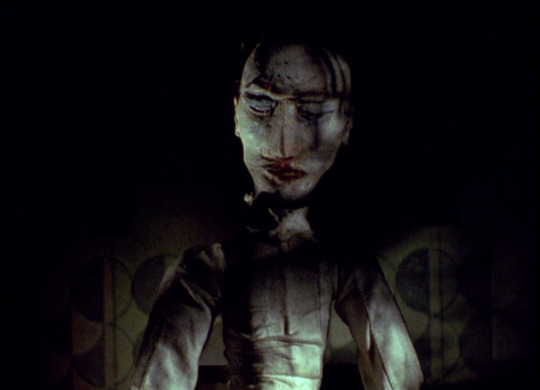
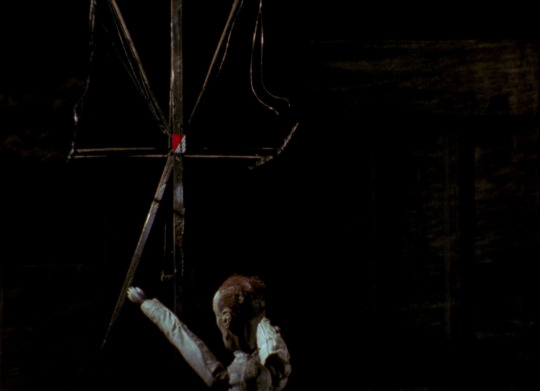

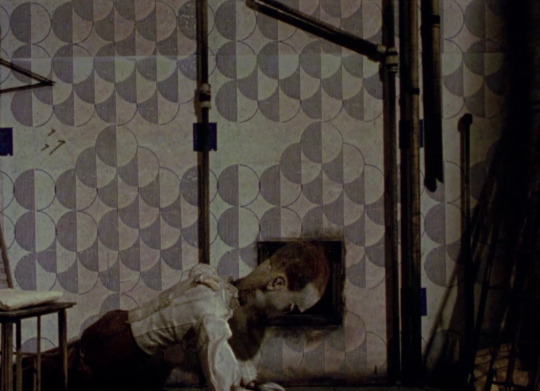
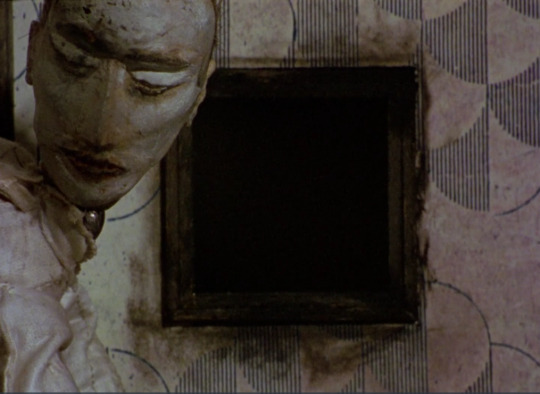
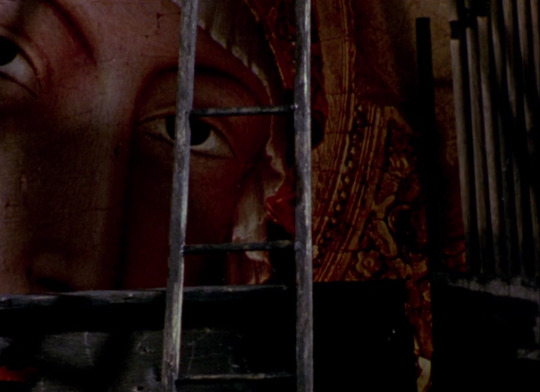
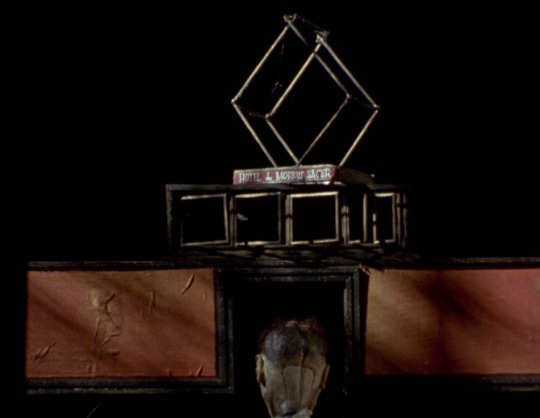
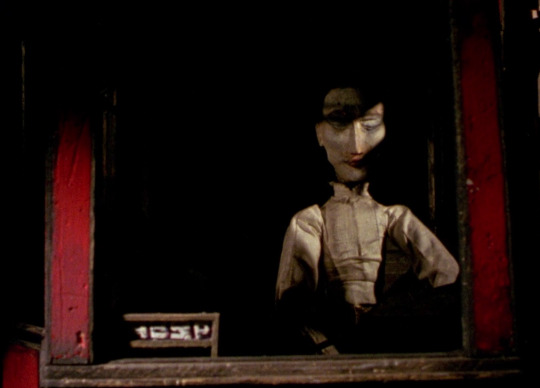
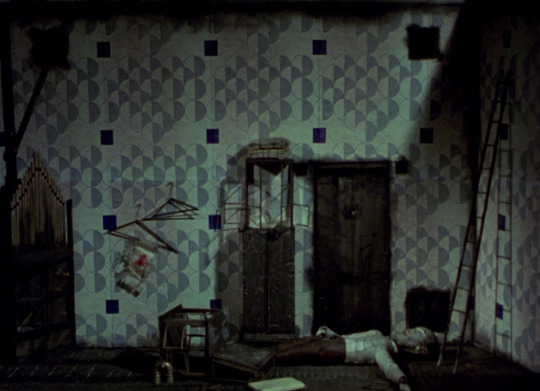
Nocturna Artificialia (1979)
63 notes
·
View notes
Photo
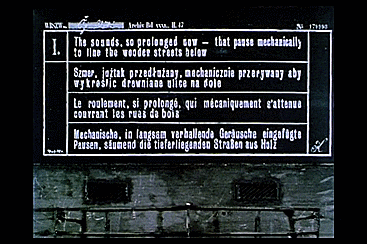
Nocturna Artificialia (1979) Directors: Stephen Quay, Timothy Quay
IMDb: An enigmatic story told in seven chapters, each introduced by an elliptical sentence on a title card.
1 note
·
View note
Photo

Ferrante Imperato Ferrante Imperato nacque, probabilmente a Napoli, intorno al 1525, come si ricava da un'affermazione del figlio Francesco, che in una opera scritta nel 1605 (
#artificialia#Cultura-Barocca#de opobalsamo orientali synopsim#erbario#Ferrante Imperato#icneumone#mithridato#museo#Napoli#naturalista#Padova#prattico#speziale#theriaca
0 notes
Photo



Artificialia Room on Etsy
639 notes
·
View notes